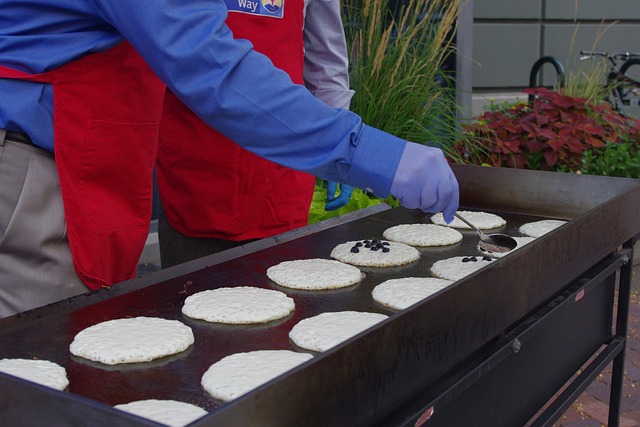What Size Frying Pan Should I Buy?
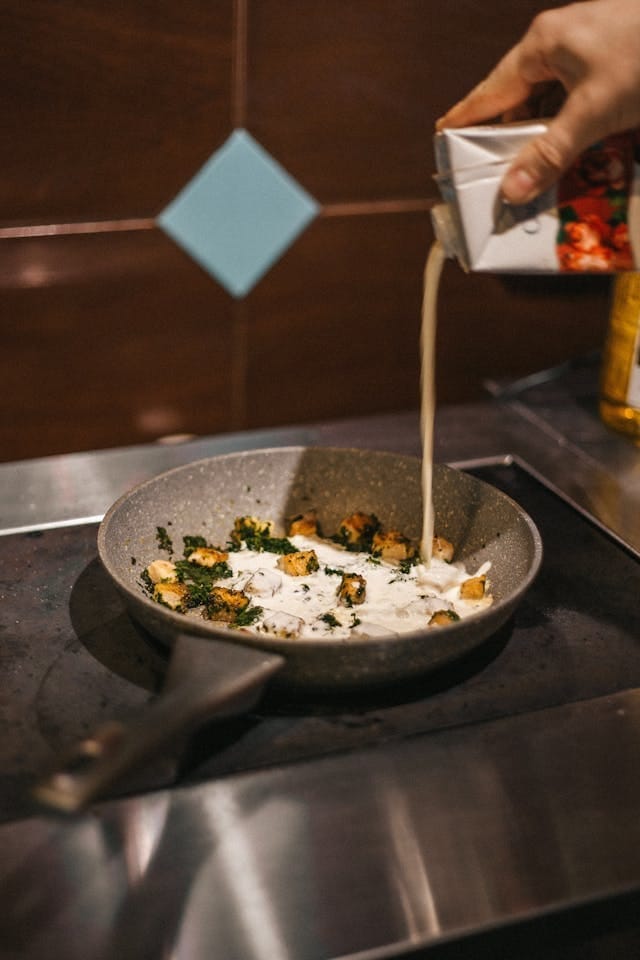
What size frying pan should you buy? This is a question on many people’s minds, especially when setting up a new kitchen or looking to upgrade their cookware. Choosing the right size frying pan can have a significant impact on the way you cook and the results you achieve.

Understanding Frying Pan Sizes
Frying pans come in various sizes, and knowing which one to choose can be a bit overwhelming. The size of a frying pan is typically measured in inches across the diameter of the cooking surface. Depending on what you plan to cook and how many people you usually cook for, the right size will vary.
Common Frying Pan Sizes
Frying pans usually range from 8 inches to 14 inches. Here’s a quick overview of the most common sizes and their typical uses:
| Size | Cooking Capacity | Best For |
|---|---|---|
| 8 inches | 1-2 servings | Searing single portions or small batches of food |
| 10 inches | 2-4 servings | General purpose, perfect for small family meals |
| 12 inches | 4-6 servings | Ideal for larger meals or stir-frying |
| 14 inches | 6+ servings | Making big batches of food or dishes that require more space |
Choosing the Right Size for Your Needs
When selecting a frying pan, consider how you typically cook. If you often whip up quick meals for one or two, an 8-inch frying pan might be just what you need. However, if you find yourself cooking for a family or hosting friends, a larger size could serve you better.
Cooking for One or Two
For smaller households, an 8-inch or 10-inch frying pan offers just the right amount of space. It’s perfect for scrambling eggs, sautéing veggies, or cooking a single piece of meat. Smaller pans heat up quickly and can help save energy, making them a practical choice for fast meals.
Cooking for a Family
If you regularly cook for three or more people, a 12-inch frying pan will likely suit you better. This size accommodates larger meals, allowing you to cook up to six servings at once. It’s particularly useful for stir-fries, pasta dishes, or casseroles where multiple ingredients need to be cooked together.
Cooking Occasionally for Large Gatherings
Should your cooking style lean toward entertaining or preparing meals for larger groups, a 14-inch frying pan can be a game-changer. With generous cooking space, you can easily manage larger portions of food such as paellas, frittatas, or classic breakfast spreads for brunch gatherings.
Material Matters
Size isn’t the only factor to consider when choosing a frying pan; the material it’s made from is equally important. Certain materials can affect heat distribution, cooking performance, and maintenance.
Popular Frying Pan Materials
- Stainless Steel: Durable and non-reactive, stainless steel pans are great for browning meats and cooking at high temperatures. They’re usually heavier and can be more expensive but often last longer.
- Non-stick: These pans are fantastic for cooking delicate items like eggs or pancakes, as they allow for easy food release. They’re typically lighter but may require more care to avoid scratching the surface.
- Cast Iron: Known for excellent heat retention and even cooking, cast iron frying pans can handle high temperatures and are often suitable for oven use. They require a bit of maintenance but can last a lifetime.
- Copper: While less common, copper frying pans have superior heat conductivity and offer precise temperature control. They can be beautiful and functional but are generally pricier and may require special care.
Matching Material to Cooking Style
Your cooking habits can help give you insights into which material might be best for you. If you often fry eggs and cook delicate foods, a non-stick option may be ideal. If you enjoy deep-frying or searing meats, a stainless steel or cast iron frying pan may serve you better in terms of performance.
Frying Pan Depth
Another aspect to consider is the depth of the frying pan. Frying pans come in shallow and deeper varieties, and the depth can affect how much food you can fit and the cooking methods you can employ.
Shallow Frying Pans
Shallow frying pans, often referred to as skillets, have lower sides. They allow for easy flipping and turning of foods, making them great for frying, browning, or sautéing. However, you might find them limiting if you want to cook sauces alongside your ingredients.
Deep Frying Pans
Deeper frying pans or sauté pans tend to have higher sides that can be helpful if you want to cook larger quantities or deal with more liquids. They’re better suited for preparing dishes with sauces or stews, preventing spills and splatters.
Specialty Frying Pans
In addition to standard frying pans, there are also specialty options worth considering depending on your cooking techniques. These include:
Non-Stick Griddle Pan
If pancakes or grilled cheese sandwiches frequently make an appearance on your menu, a non-stick griddle pan might be the best fit. Griddles often have a flat cooking surface with low edges, allowing you to prepare multiple items at once efficiently.
Wok
For those who love Asian cuisine, a wok is a fantastic kitchen investment. The round bottom allows for high heat cooking and quick stir-frying, perfect for making fried rice or vegetable dishes. Woks can also serve as a frying pan but offer much more versatility for various cooking techniques.
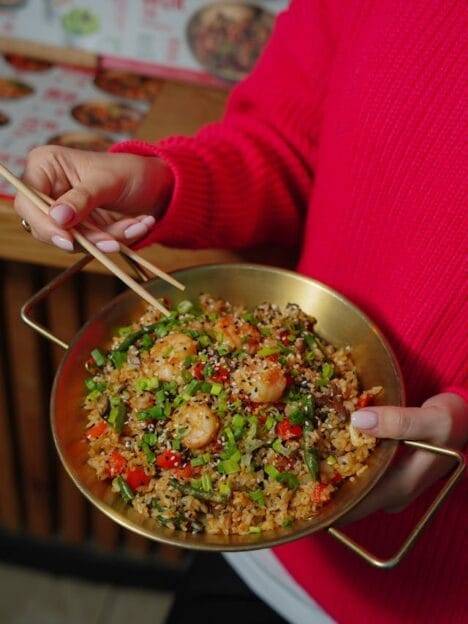
Seasoning and Care
Regardless of the frying pan size or type you choose, proper care should be a priority. This prolongs the life of your cookware and ensures optimal cooking results.
Care for Stainless Steel
Stainless steel pans can handle dishwasher cleaning, though handwashing with warm soapy water is generally recommended to preserve their shine. Use a nylon scrub pad to eliminate stuck-on food.
Care for Non-Stick
To maintain non-stick surfaces, avoid using metal utensils that can scratch the coating. Handwash with gentle detergents and soft sponges, and never use high heat, as excessive heat can degrade the non-stick surface.
Care for Cast Iron
Cast iron frying pans require seasoning to maintain their non-stick qualities. Clean them with warm water and a sponge, dry thoroughly, and apply a thin layer of oil to keep them from rusting.
Care for Copper
Copper cookware often requires polishing to maintain luster. Hand washing with a mixture of vinegar and salt can help. It’s also best to avoid cooking acidic foods in copper pans as they can react.
Getting the Right Fit with Your Cooktops
If you have an electric or induction cooktop, ensure that your frying pan is compatible. Some materials like cast iron and stainless steel work well on induction cooktops, while others, like aluminum, may not.
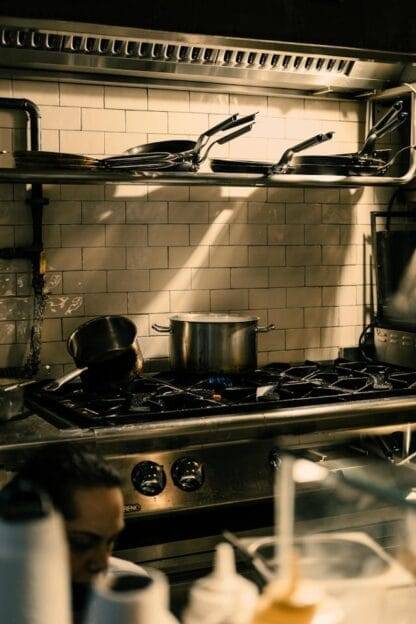
Electric Cooktops
When using electric cooktops, you can generally use any material, but keep in mind that heavier materials distribute heat evenly.
Induction Cooktops
Induction cooktops require magnetic materials for pan compatibility. If you’re using an induction cooktop, look for stainless steel or cast iron pans specifically marked as induction-ready.
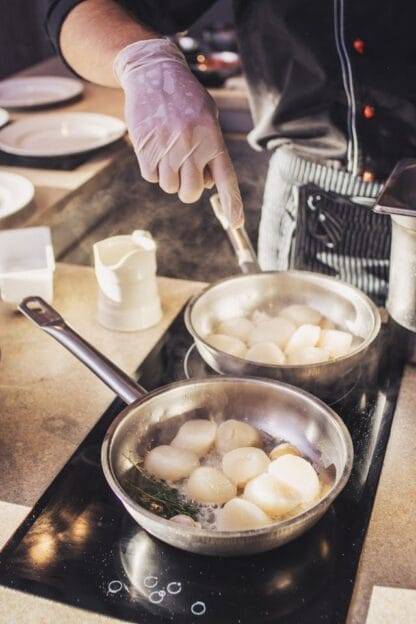
Budget Considerations
Your budget will also impact your choice of frying pans. While you may be tempted to go for the cheapest option, investing in a good-quality frying pan can save you money in the long run.
Finding the Balance
Set a budget, but keep in mind that higher-quality frying pans made from better materials will typically last longer and perform better. You might find it beneficial to purchase a smaller selection of quality frying pans instead of a larger number of cheaper ones.
Where to Buy
Frying pans can be found at many retailers, both in stores and online. Look for sales or discounts and consider reading customer reviews to help you choose the best frying pan for your needs.
Making the Final Decision
By now, you have a better understanding of the various factors involved in selecting the right size frying pan. It’s not just about size; materials, depth, compatibility, and budget all play crucial roles in making the best choice.
Evaluate Your Cooking Needs
Before making a purchase, take a moment to reflect on your cooking habits, how many people you typically cook for, and what types of dishes you prepare most.
Visit a Store
If possible, venture to a kitchenware store to see and feel the frying pans in person. Assess their weight, size, and materials to see what feels right for you.
Ask for Recommendations
Don’t hesitate to ask friends or family for recommendations based on their experiences. Personal testimonies can be incredibly valuable when making your final choice.
Conclusion
Ultimately, choosing the right size frying pan boils down to understanding your unique cooking style and needs. By considering the various sizes, materials, depths, and care requirements, you can find a frying pan that suits you perfectly. Whether you decide on an 8-inch non-stick pan for simple breakfast prep or a 14-inch cast iron skillet for family feasts, the right frying pan can make all the difference in your culinary adventures. Enjoy the journey, and happy cooking!

